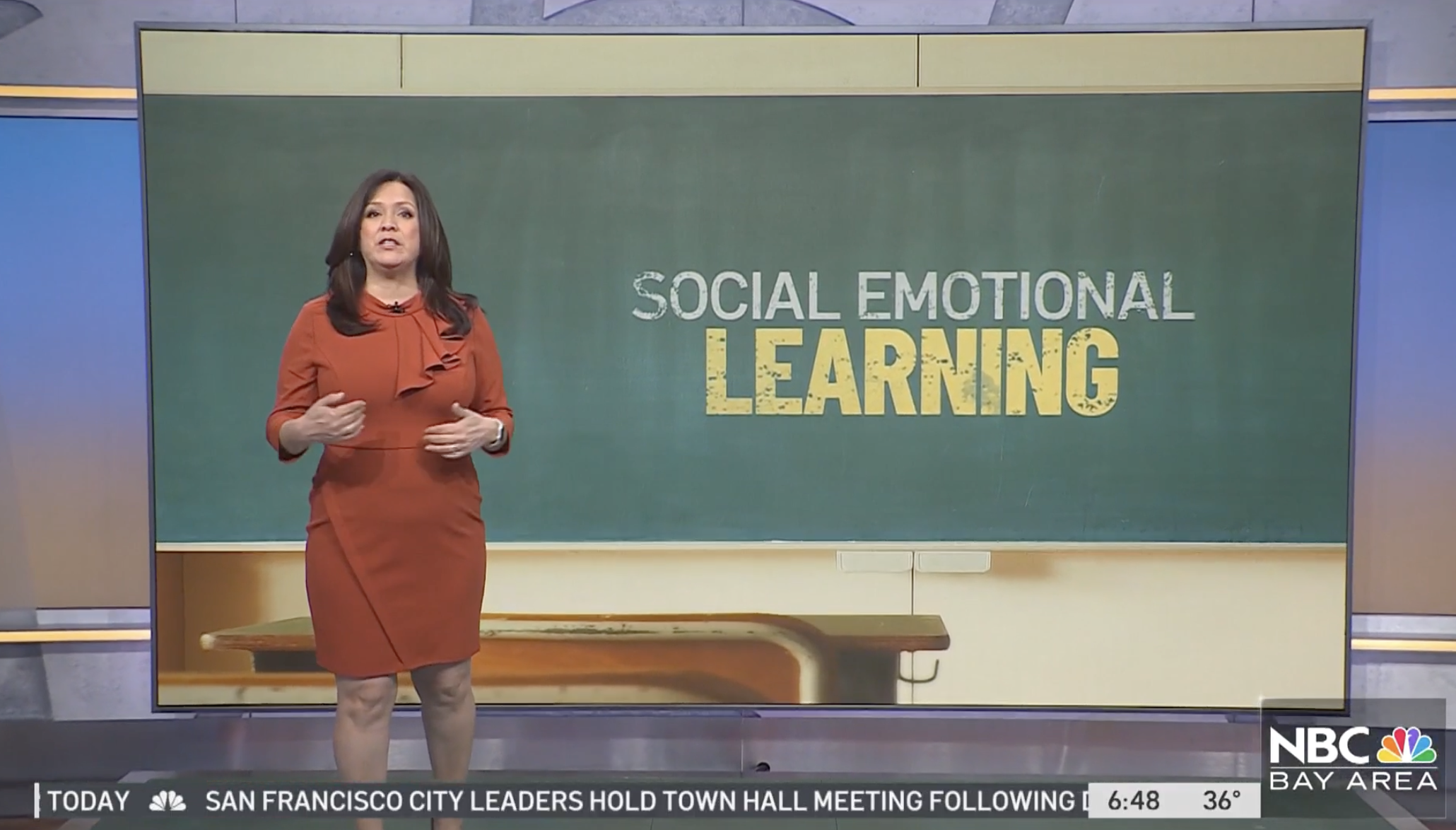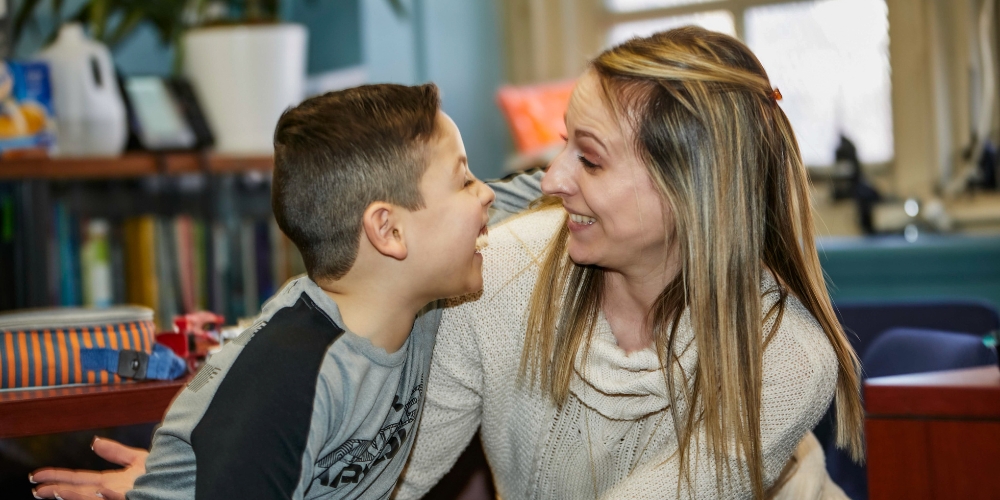Should I stop counting on my fingers?
So here is an admission I don’t often share – I am an MIT graduate but I still sometimes use my fingers to count. Should I be embarrassed about that? Well it depends on whose side you’re on. There are two opposing sides to this debate – the neurocognitive researchers and the mathematics education researchers – and both sides put forward some pretty convincing arguments that are really interesting and bring us back to the importance of personalized learning. As an example of what makes this topic so interesting, researchers have shown that using our fingers to represent numbers is so central to who we are as human beings that blind children and even children with amputated hands and forearms use their (phantom) hands and fingers to count. To understand more about this finger counting debate, I recommend reading two articles: one from The Atlantic and one from Frontiers in Psychology. Below are a few highlights from the neurocognitive perspective:
- When children 8-13 years old were given complex subtraction problems, the area of their brains that lit up was the area dedicated to the perception and representation of their fingers (called the “somatosensory finger area”) even though the students did not use their fingers to solve the problems.
- A person’s finger perception can be assessed by touching their finger – without letting them see which one is touched – and asking them to identify which finger it is. You can teach children to have better finger perception and that improvement leads to higher mathematical achievement.
- The better a person’s finger perception, the better the person’s ability to do arithmetic and computation. This is true of people of different ages. A six year old’s finger perception is a better predictor of future performance on math tests than the child’s results on cognitive processing tests. A university students’ finger perception predicts their calculation scores.
- Some think the importance of finger perception might explain why pianists and other musicians often have better mathematical competency than people who do not learn a musical instrument.
And here are a few gems from the mathematics education perspective:
- There is the assumption that young children will begin counting, mostly using their fingers. However, at a certain point, the persistent use of finger counting as the “only” strategy can lead to severe problems with computational tasks.
- Children who only use finger counting strategies get fewer answers correct compared to children who use other computational strategies.
- Finger counting makes it harder for children to develop flexible calculation skills. For example, when counting on their fingers, students can see that “7” can be decomposed to “5+2” (a typical finger pattern) but have a hard time understanding that “7” can also be decomposed to “4+3” (an atypical finger pattern). Finger counting can thus make it difficult for children to understand the associative and commutative properties of addition and multiplication.
Both teams of researchers agree that finger counting is critical to early mathematical development. Where they disagree is when finger counting should stop. Mathematics education researchers see finger counting as a starting point that should be abandoned at the end of first grade or at the beginning of second grade so children can focus on more elaborate and abstract representation. Neurocognitive researchers believe teachers should enable learners of any age to strengthen their brain capacity through finger counting and through other finger activities (which can be found in the Atlantic article.) They believe finger counting influences number processing and arithmetic even in adults.
The Frontiers in Psychology article does its best to resolve the dispute, saying that finger counting may be more beneficial for some subgroups of children and may be particularly useful for some tasks but not for others. Bingo – we now have our connection to personalization and meeting the needs of all students.
So where does that leave me? Should I be embarrassed that I sometimes count on my fingers? I think I may keep doing it (and maybe hide it a bit more) and meanwhile I will try to play the piano more frequently (piano is a love of mine from when I was younger).
Do you count on your fingers? If you’re a parent or a teacher, do you encourage all of your children to count on their fingers or do you take a different approach for each child? I encourage you to share your thoughts with me; I’d love to hear from you.


